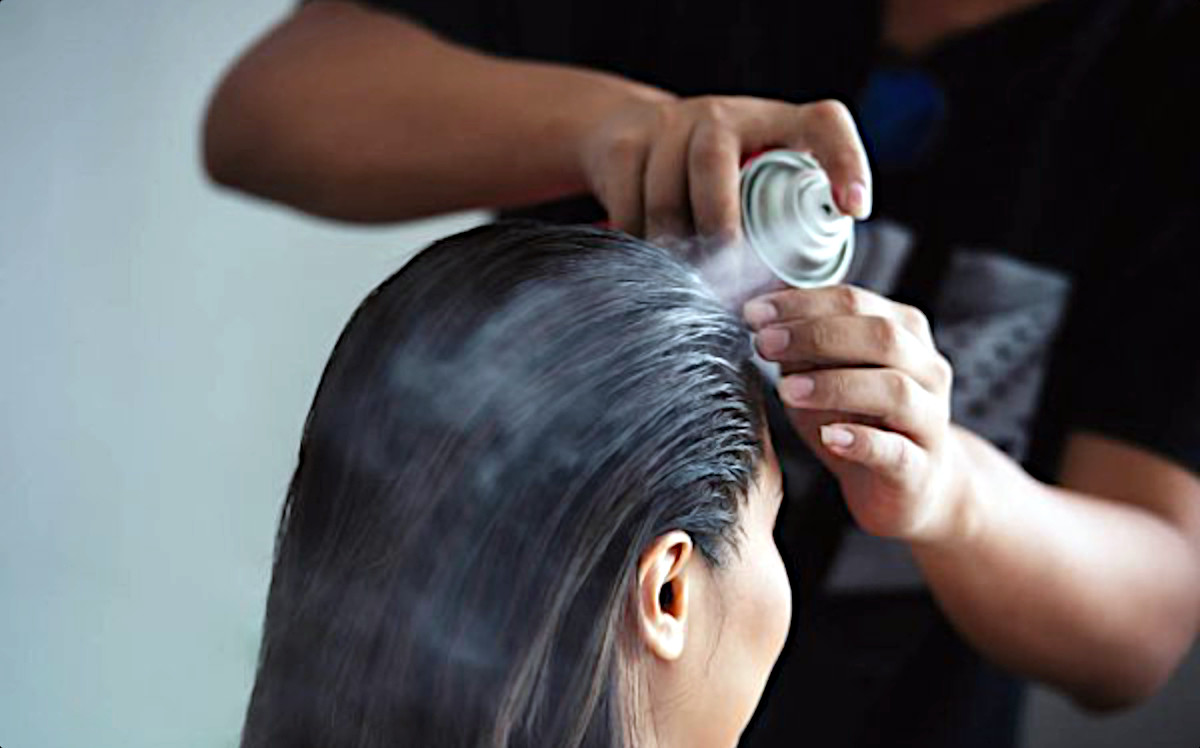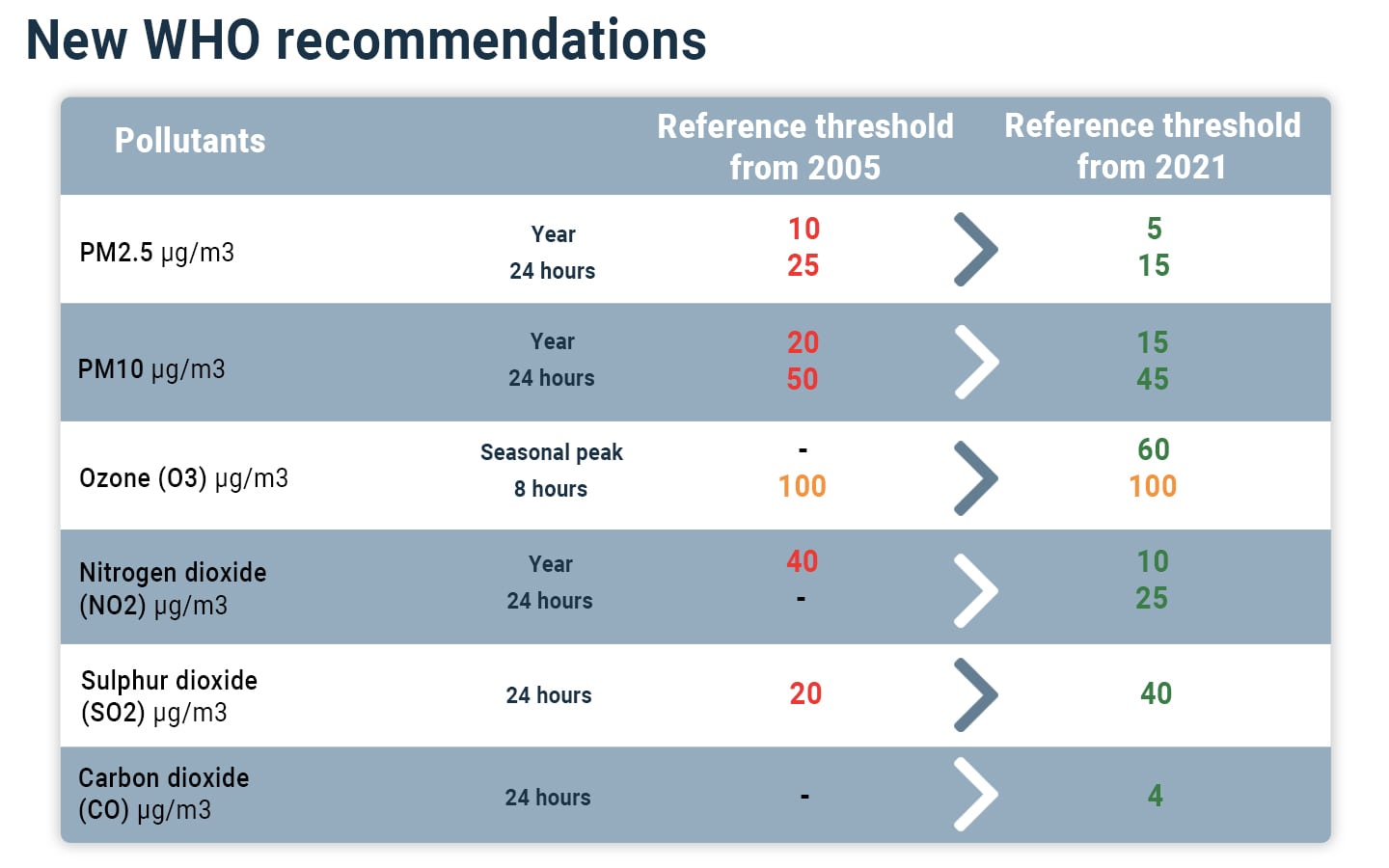
uRADMonitor technology in partnership with DIM Transilvania Group contributed to the first scientific collaborative research of hairdressers exposure to respirable particulate matter (RPM) inside minority-owned hair salons in the state of Maryland, US. The report was conducted in alliance with leading experts from Johns Hopkins Bloomberg School of Public Health, School of Public Health at the University of Maryland, Maryland Institute of Applied Environmental Health and Centro de Apollo Familiar, Riverdale.
The study was published in the National Library of Medicine, the world’s largest medical library located with the US National Institute of Health.

As indicated within the paper, such studies are sparse for obvious reasons, sometimes also related to technical challenges in having continuous monitoring in such spaces. On the other hand, hairdressers are exposed to particulate matter (PM), a known air pollutant linked to adverse health effects, so there is a real need to know more about this problem. Modern IOT sensors like uRADMonitor can operate autonomously and alert when dangerous levels are reached.

The health risks associated with particulate matter equal or smaller than 10 and 2.5 microns (µm) in diameter (PM₁₀ and PM₂.₅, respectively) are of particular public health relevance. Both PM₂.₅ and PM₁₀ are capable of penetrating deep into the lungs but PM₂.₅ can even enter the bloodstream, primarily resulting in cardiovascular and respiratory impacts, and also affecting other organs. PM is primarily generated by fuel combustion in different sectors, including transport, energy, households, industry, and from agriculture, the somehow expected or traditionally known areas for elevated pollution, however those are not the only ones.
The authors also assessed the performance of low-cost sensors (uRADMonitor, Flow, AirVisual) by comparing them to high-end sensors (DustTrak) to conduct air monitoring in each salon over 3 days to quantify work shift concentrations of PM2.5 , respirable PM (RPM), and PM10 . We observed high spatial and temporal variability in 30-min time-weighted average (TWA) RPM concentrations (0.18-5518 μg/m3 ).

Readings for the uRADMonitor and AirVisual sensors were highly correlated with the DustTrak (R2 = 0.90-0.99). RPM 8-hour TWAs ranged from 18 to 383 µg/m3 for AA salons, and 9-2115 µg/m3 for Dominican salons. Upper 95th percentiles of daily RPM exposures ranged from 439 to 2669 µg/m3 . The overall range of 30-min TWA PM2.5 and PM10 concentrations was 0.13-5497 and 0.36-,541 μg/m3 , respectively. Findings suggest that hairdressers could be overexposed to RPM during an 8-hour shift. Additional comprehensive monitoring studies are warranted to further characterize temporal and spatial variability of PM exposures in this understudied occupational population.

To put the numbers in perspective, PM10 levels in excess of 45 µg/m3 exceeds the new 2021 WHO Recommendations on safety limits and are considered bad for our health. Besides these thresholds, the time of exposure is a contributing factor that aggravates the health impact, sadly this is also met in hair salons where exposure can be significant.
codemore code
~~~~